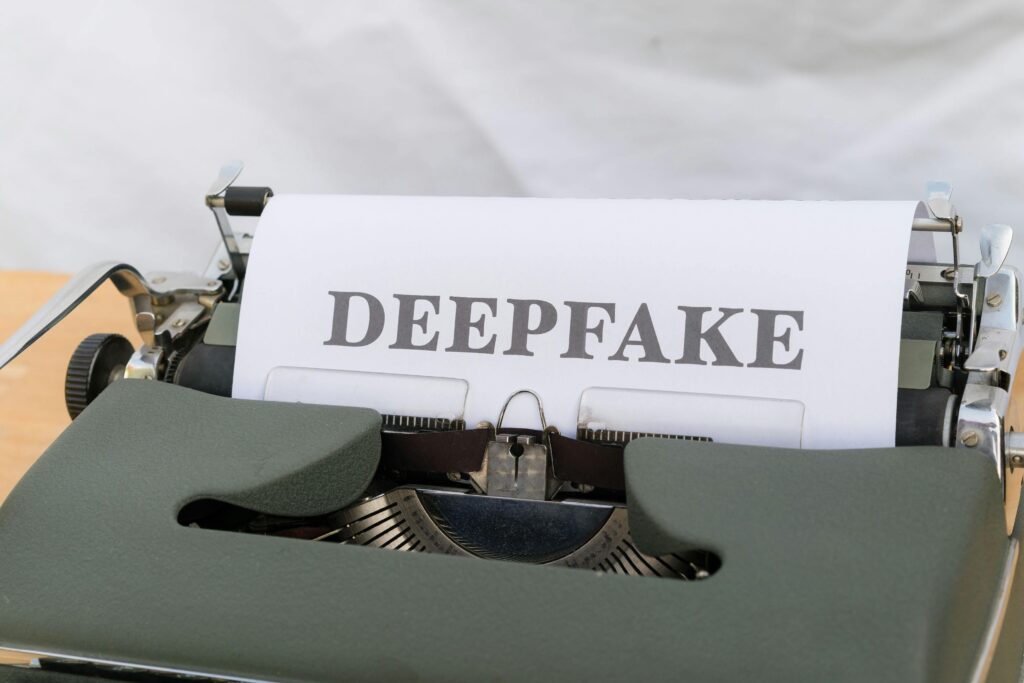Published On: 12th January, 2025
Authored by: Tasmiya Khan
AL-AMEEN COLLEGE OF LAW, BANGLORE
Kesavananda Bharati v. State of Kerala case, decided in 1973 by the Supreme Court of India
This case law was about landmark case and established the “Basic structure of doctrine” limiting the Parliament’s power to amend the Constitution. It was one of the most significant ruling in Indian constitutional history
Introduction
The Kesavananda Bharati v. State of Kerala case, decided by the Supreme Court of India on April 24, 1973, it is one of the most important judgments in Indian constitutional law. This case observed the extent the power of parliament to amend the Indian Constitution, particularly its helps to modify fundamental rights. The Court’s presiding in Kesavananda Bharati established the “basic structure doctrine,” which limits Parliament’s powers, this doctrine has had a lasting impact on the relationship between Parliament and the judiciary, shaping Indian constitutional jurisprudence over the decades.[1]
Background and fact of the case[2]
History of keshavananda Bharati case was begin with the preceding decisions or judgements where the court studied constitutional amendment powers:
- In Shankari Prasad v. Union of India (1951), the Supreme Court upheld Parliament’s right to amend the Constitution, including fundamental rights, through Article 368.[3]
- In Sajjan Singh v. State of Rajasthan (1965), the Court repeated this position.[4]
- In Golak Nath v. State of Punjab (1967), the Supreme Court reversed these earlier judgments, ruling that Parliament did not have the power to amend fundamental rights.[5]
In response to the Golak Nath decision, Parliament enacted the 24th Amendment[6] in 1971, seeking to reaffirm its authority to amend the Constitution, including provisions related to fundamental rights. This amendment specifically clarified that Article 368 grants Parliament the power to modify any section of the Constitution.
Within this context, Kesavananda Bharati, the head of the Edneer Math (a Hindu monastery) in Kerala, filed a petition in 1970. He confronted the Kerala government’s attempt to acquire land belonging to his monastery under the Kerala Land Reforms Act, 1963.
His petition also interrogated the constitutional validity of the 24th, 25th, and 29th Amendments, which had strengthened the government’s ability to restrict fundamental rights in the pursuit of social and economic reforms.
Legal issues in the case[7]
The keshavanada bharti case raised critical questions about just how much power Parliament has to change the Constitution, especially concerning fundamental rights and the Constitution’s core values. Specifically, it considered:
- Can Parliament amend any part of the Constitution, even fundamental rights?
This question examined whether Parliament could make changes to any section, including rights that are guaranteed to every citizen. - Is there a limit to Parliament’s power to amend the Constitution under Article 368?
Article 368 gives Parliament the power to amend the Constitution, but the case questioned whether this power should have boundaries. - Can Parliament change the Constitution in ways that might destroy or damage its basic structure?
This looked at whether Parliament could make amendments that alter the Constitution so drastically that it would no longer resemble the original vision.
In core, the case offered the Supreme Court a unique opportunity to set guidelines on how far Parliament could go in changing the Constitution without compromising its fundamental rights
Argument from both side[8]
Petitioners argument: – The petitioners presented several key arguments challenging the limits of Parliament’s power to amend the Constitution
- Limits on Amending Power: The petitioners argued that Parliament’s authority to amend the Constitution under Article 368 was not without restrictions. They asserted that while Parliament could make changes, certain fundamental elements, or the “basic structure,” should remain untouchable. According to this view, these core aspects represent the foundational spirit of the Constitution and should not be altered by any amendment.
- Fundamental Rights as Unbreakable: The petitioners argued that fundamental rights are basic to every individual and form a critical part of the Constitution. They alleged that these rights should be protected from arbitrary or sweeping amendments that could weaken or eliminate them. Basically, they argued that fundamental rights are so vital to the identity of the Constitution that they must be safeguarded against any undue changes.
- Importance of Judicial Review: The petitioners contended that judicial review the power of the judiciary to review and possibly invalidate unconstitutional laws or amendments was a fundamental principle of the Constitution. They argued that any attempt to remove or weaken judicial review would disrupt the system of checks and balances, as it is essential to hold Parliament accountable and ensure no law or amendment infringes on core constitutional values.
Respondent’s Arguments (Union of India): – the respondents, put forward several arguments in favor of broad amending powers for Parliament:
- Unlimited Amending Power: The government argued that Article 368 grants Parliament complete authority to amend the Constitution as needed, without restriction. They asserted that this includes the ability to amend any section of the Constitution, including those on fundamental rights. In their view, since the Constitution does not explicitly limit the scope of Article 368, Parliament’s power to amend should be considered absolute, allowing it to make changes in any area deemed necessary.
- Parliament’s Sovereignty: The government also argued that Parliament represents the people’s collective will and, as such, holds ultimate authority to shape the laws and principles governing the country. According to this view, since Parliament is an expression of popular sovereignty, it must have the freedom to make any amendment, even if it impacts fundamental rights. They maintained that limiting Parliament’s amending power would undermine the people’s sovereignty, as expressed through their elected representatives.
- Need for Social Justice and Reform: Another key argument was that amendments promoting social and economic reforms are essential for the nation’s progress. The government pointed out that certain reforms aimed at reducing inequality or redistributing resources might require restrictions on some rights. In their view, Parliament must have the flexibility to make amendments that address pressing social and economic issues, even if doing so affects fundamental rights. They argued that without this freedom, it would be difficult for Parliament to implement policies that promote social justice and uplift disadvantaged sections of society.
Judgment of the Case[9]
The Supreme Court’s judgment in Kesavananda Bharati was unparalleled in both scope and impact. The ruling, delivered by a bench of 13 judges, remains one of the longest judgments in Indian legal history, with each judge delivering separate opinions. The verdict was a close 7-6 majority, with the Court ultimately holding[10]
- Basic Structure Doctrine: The Court held that while Parliament has broad powers to amend the Constitution, it cannot alter or destroy its “basic structure” or core principles. This doctrine was a middle ground, allowing Parliament flexibility to make necessary changes while ensuring that essential constitutional values, like democracy, rule of law, and fundamental rights, remain protected from drastic changes. In other words, Parliament can make amendments, but not ones that threaten the foundational identity of the Constitution.
- Parliament’s Amending Power: The Court clarified that under Article 368, Parliament can amend almost any part of the Constitution, including fundamental rights. However, these amendments cannot harm or dismantle the Constitution’s basic structure. This means Parliament can change certain provisions, but it must preserve the core principles that define the Constitution’s character and purpose.
- Components of the Basic Structure: Although the Court did not define a complete list of what constitutes the basic structure, it identified a few elements, such as:[11]
- Supremacy of the Constitution
- Rule of law
- Principle of separation of powers
- Secularism
- Federal character of the Constitution
- Freedom and dignity of the individual
- Unity and integrity of the nation
- Democratic and republican form of government
Impact of the Judgment[12]
The Kesavananda Bharati case had an important impact on Indian constitutional law, influencing how laws and the Constitution are understood and applied.
Some impact of the judgement are as follows:
- Limits on Parliament’s Power: The basic structure doctrine established that while Parliament can amend the Constitution, there are limits to this power. It cannot change or undermine the essential values that form the foundation of the Constitution. This ensures that core principles, like democracy and justice, remain intact and protected from any potential misuse of power by the government.
- Safeguarding Fundamental Rights: The judgment reinforced the idea that fundamental rights cannot be easily taken away or changed by Parliament. This protection helps to preserve individual freedoms and guarantees that citizens have certain rights that are fundamental to their dignity and liberty.
- Strengthening Judicial Authority: The case emphasized the importance of judicial review, which allows courts to examine and invalidate laws or amendments that violate the Constitution’s basic structure. This role positions the judiciary as a guardian of the Constitution, ensuring that any changes made by Parliament adhere to constitutional principles.
- Framework for Future Amendments: The basic structure doctrine provides a guideline for evaluating any future constitutional amendments. It acts as a benchmark to assess whether proposed changes respect the Constitution’s core values, ensuring that amendments do not compromise essential rights or principles.
- Influence on Subsequent Cases: The doctrine established in this case has been cited in various important rulings that followed. For example:
- In Indira Nehru Gandhi v. Raj Narain (1975), the Supreme Court used the basic structure doctrine to invalidate an amendment that attempted to limit judicial review in election disputes involving the Prime Minister.[13]
- In Minerva Mills v. Union of India (1980), the Court reaffirmed the doctrine, stating that Parliament’s amending power is not limitless.[14]
- In R. Bommai v. Union of India (1994), the Court applied the basic structure doctrine to protect federalism and secularism.[15]
Conclusion [16]
The Kesavananda Bharati case is a cornerstone of Indian constitutional jurisprudence, establishing the balance between parliamentary sovereignty and constitutional supremacy. By introducing the basic structure doctrine, the Supreme Court of India secured a robust safeguard against potential threats to the Constitution’s fundamental principles. This doctrine has become a foundational aspect of Indian constitutional law, ensuring that while the Constitution can evolve, it remains true to its core values and democratic ethos.
Ultimately, Kesavananda Bharati represents a triumph of constitutionalism, serving as a check on arbitrary amendments and empowering the judiciary to uphold the Constitution’s sanctity. The case’s impact reverberates through Indian law, politics, and governance, affirming the enduring importance of constitutional integrity in India’s democratic framework.
Reference(s):
[1] Kesavananda Bharati v. State of Kerala, (1973) 4 SCC 225 (India).
[2] supremecourtofindia.nic.in
[3] Shankari Prasad v. Union of India, AIR 1951 SC 458 (India).
[4] Sajjan Singh v. State of Rajasthan, AIR 1965 SC 845 (India).
[5] Golak Nath v. State of Punjab, AIR 1967 SC 1643 (India).
[6] indiankanoon.org
[7] Kesavananda Bharati, (1973) 4 SCC 225 (India).
[8] manupatrafast.com
[9] scconline.com
[10] Kesavananda Bharati, (1973) 4 SCC 225 (India) (providing the Court’s ruling).
[11] researchgate.net
[12] legalserviceindia.com
[13] indira Nehru Gandhi v. Raj Narain, AIR 1975 SC 2299 (India).
[14] Minerva Mills v. Union of India, AIR 1980 SC 1789 (India)
[15] S.R. Bommai v. Union of India, (1994) 3 SCC 1 (India).
[16] theconstitutionofindia.com




